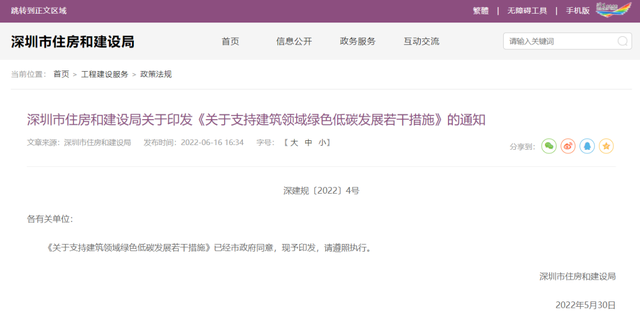In order to promote the development of prefabricated Steel Structure module building, the Ministry of Housing and Urban-Rural Development organized the compilation and recently issued the Technical Guide to Prefabricated Steel Structure Module Building. The guidelines are applicable to the design, manufacture, installation, quality acceptance and maintenance management of industrial and civil modular buildings.
Prefabricated steel structure module building is a type of prefabricated building which is mainly composed of steel structure integrated module unit in construction site. Steel structure integrated module unit is a three-dimensional space body with building function, which is composed of the main structure of steel structure, enclosure wall, bottom plate, roof, inner parts and equipment pipeline, etc. prefabricated by the factory. Modular building is a new model of assembly building development.
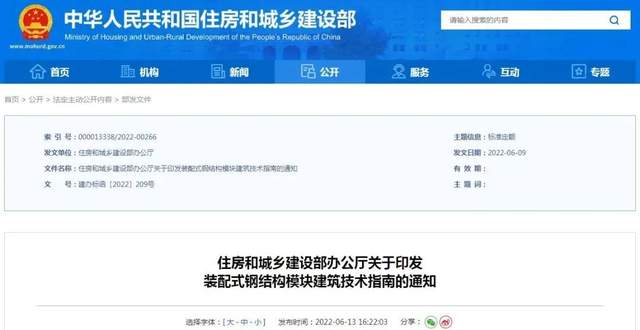
The Law of the People's Republic of China on the Prevention and Control of Noise Pollution (hereinafter referred to as the "New Noise Law") shall come into force on June 5, 2022. It has clarified the connotation of noise pollution, improved the noise standard system, strengthened the prevention and control of noise sources, strengthened the responsibilities of governments at all levels, refined the prevention and control measures, and focused on the difficulties caused by noise.
On June 27, THE China Association for Science and Technology (ACSTC) issued a list of 10 cutting-edge scientific problems that can guide scientific development, 10 engineering and technological problems that can play a key role in engineering and technological innovation, and 10 industrial and technological problems that can lead industrial development. Among them, one prefabricated build-related question was selected as one of the "10 industrial technical questions" : how to solve the problems of building industrialization and high energy consumption systematically through standardized design, automated production, robot construction and prefabricated construction?
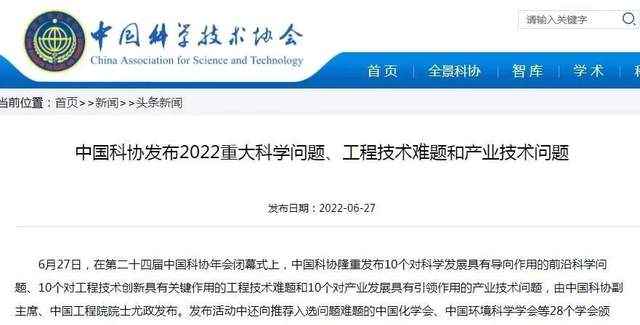
Seven departments issued the Implementation Plan for Synergies in Reducing Pollution and Carbon Emissions. Its main objectives are:
By 2025, a coordinated effort to reduce pollution and carbon emissions will be basically in place. Notable progress was made in structural optimization and adjustment in key regions and sectors and in green and low-carbon development. Form a batch of replicable and extendable typical experience; Synergy between pollution reduction and carbon reduction has been improved.
By 2030, the synergy of pollution reduction and carbon reduction will be significantly enhanced to help achieve the carbon peak target; In key areas of air pollution prevention and control, significant progress has been made in coordinating efforts to peak carbon emissions and improve air quality. The level of coordinated treatment of water, soil, solid waste and other pollution prevention and control was significantly improved.
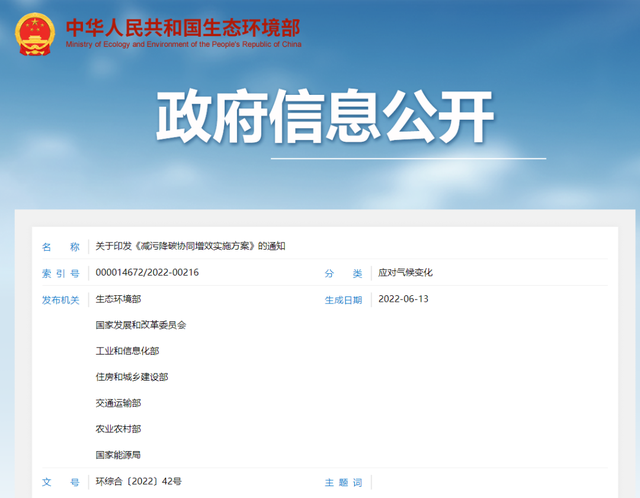
On June 29, the Ministry of Industry and Information Technology and other six departments jointly issued the Notice on the Issuance of industrial Energy Efficiency Improvement Action Plan, which pointed out: We will support industrial enterprises and industrial parks where conditions permit to build green industrial microgrids, speed up the development and operation of integrated systems for distributed photovoltaic, decentralized wind power, high-efficiency heat pumps, utilization of excess heat and pressure, and smart energy management and control, and promote the efficient and complementary utilization of multiple energy sources. We will encourage the purchase of green electricity through the electricity market, and use renewable energy sources on a large scale and in a high proportion nearby. We will promote innovation and upgrading of smart photovoltaic and industry-specific applications, and innovate the "PHOTOVOLTAIC +" model.
Increase the supply of energy-saving equipment products: focus on high-efficiency motors, high-efficiency transformers, waste heat and pressure and gas utilization equipment and other high-efficiency energy-saving equipment, build a batch of energy-saving equipment production base, improve the supply capacity and quality of energy-saving equipment; We will vigorously develop new energy equipment such as high-efficiency photovoltaic, large-scale wind power, smart power grids, and high-efficiency energy storage.

Recently, the Ministry of Finance issued the "Notice of the Ministry of Finance on The Allocation of 2022 Renewable Energy Electricity Price Additional Subsidy local Funds Budget", issued the additional subsidy of renewable energy electricity price in 11 provinces and regions of Shanxi, Inner Mongolia, Jilin, Zhejiang, Hunan, Guangxi, Chongqing, Sichuan, Guizhou, Yunnan, Gansu, Qinghai and Xinjiang.
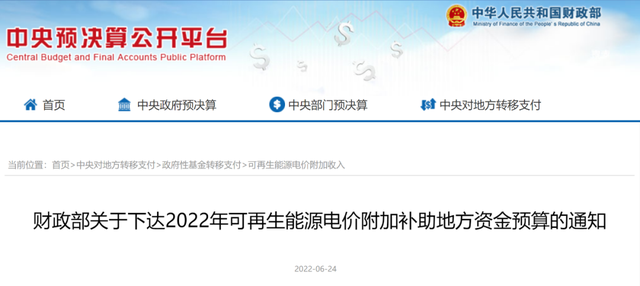
For the implementation of the CPC Central Committee and the State Council on decision deployment, to speed up the supplement the logistics infrastructure, recently, the National Development and Reform Commission issued 2022 special cold chain and national logistics hub in urban and rural areas of central budgetary investment of 1.4 billion yuan, the construction of key support services in meat slaughtering processing and circulation of the cold chain logistics infrastructure projects (not including slaughtering processing line and other production facilities), Public cold storage construction, renovation and expansion, intelligent transformation and related supporting facilities, and has been included in the annual construction list of the national logistics hub, the national backbone cold chain logistics base in the public, infrastructure to complement the weak spots.
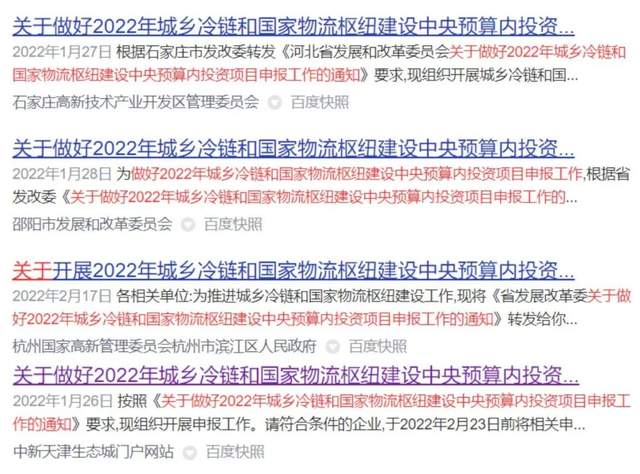
In order to promote the completion of the goals and tasks of the 14th Five-Year Plan as scheduled, and in light of the actual situation of Shanghai, the key work arrangements of achieving carbon neutrality and energy conservation and emission reduction in 2022 are as follows:
1. Break down and implement planning objectives
2. Accelerate top-level design and demonstration trials to achieve carbon neutrality at peak levels
3. We will coordinate efforts to double control energy consumption and peak carbon consumption
4. We will strengthen efforts to reduce emissions of major pollutants and improve the environment comprehensively
5. Improve basic guarantee measures to strengthen the implementation of target responsibility

Based on the actual development of the construction sector in Shenzhen, Housing construction Bureau of Shenzhen Municipality and Finance Bureau jointly drafted Several Measures to Support green and Low-carbon Development in the Construction Sector, with the key contents as follows:
1. Improve construction quality with high standards.
2. Promote green and low-carbon building operation.
3. Strengthen green recycling and utilization of construction waste.
4. Strengthen technical standards for green and low-carbon buildings.
